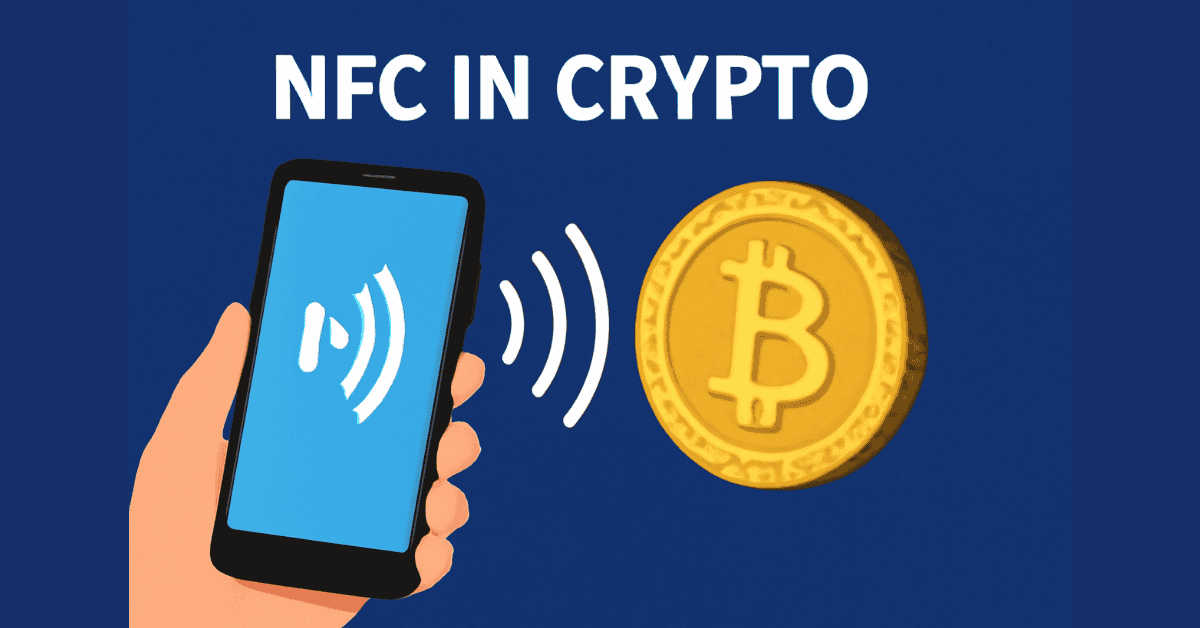
How NFC Enhances Convenience for Life and Crypto
1. What is NFC and How It Works
NFC (Near Field Communication) is a short-range wireless connectivity technology that enables two devices to exchange data when brought close together. This technology operates on the principle of electromagnetic induction, creating an electromagnetic field for data transmission. Data is transferred at speeds up to 424 kilobits per second, with an effective range of up to 10 centimeters, ensuring quick and secure communication.
2. Common Applications of NFC in Daily Life
NFC is widely applied in various aspects of modern life. A prominent example is in mobile payment systems, where users can complete transactions by simply tapping their phone against a card reader. Additionally, NFC facilitates rapid data transfer between devices, automates smart home appliances, and is utilized in convenient electronic ticketing systems.
3. NFC in the Digital Currency World
NFC technology also plays a significant role in the realm of digital currencies. Many digital currency wallets now integrate NFC to enhance security and convenience in transactions. NFC is also used for identity authentication in blockchain-based systems, providing an additional layer of protection. The capability for contactless cryptocurrency payments is another notable application, simplifying digital financial transactions.
4. Key Benefits of NFC for Digital Currencies
NFC offers several significant advantages for digital currency users. Due to its short operating range, NFC provides a high level of security, minimizing the risk of data interception. Convenience and fast transaction speeds are major plus points. Strong authentication capabilities help ensure the safety of digital assets. NFC also simplifies digital asset management and boasts broad compatibility with various existing devices and systems.